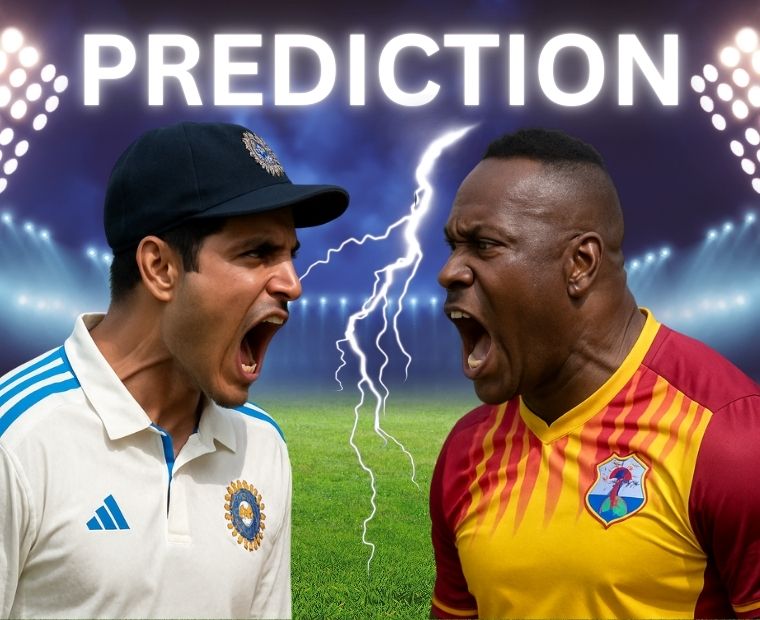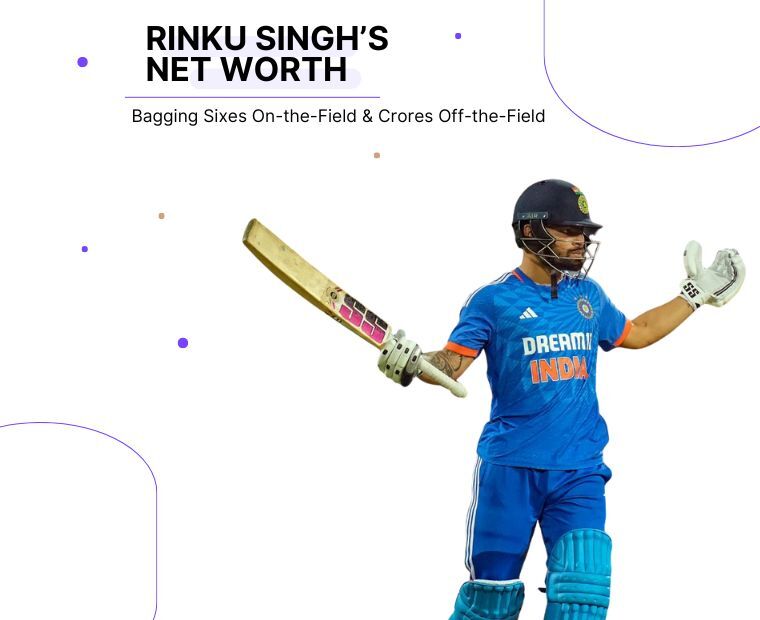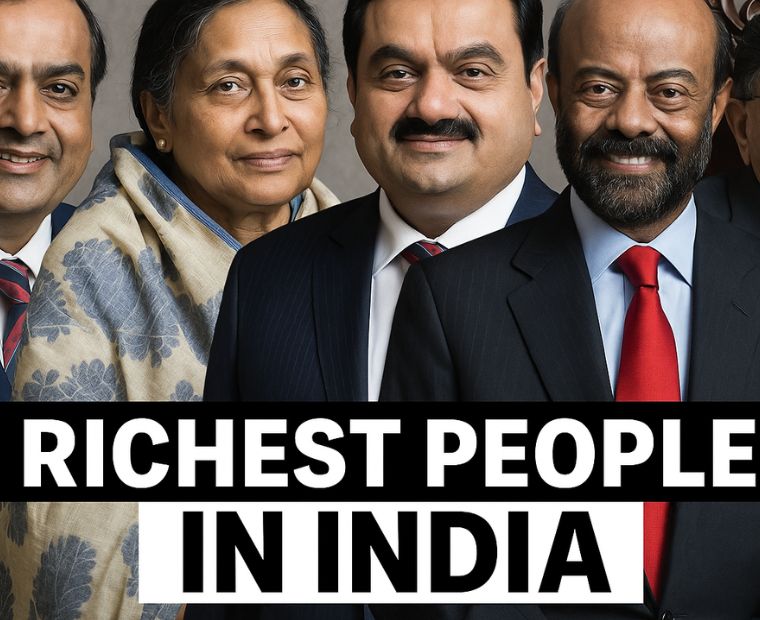Credit Card linked with UPI vs. Credit Card Payment on Digital Wallets: What’s the difference?

Table of Contents
Modified On:
All you need to know about the latest RBI move and how UPI-Credit Card linking will make your life easier and more convenient.
If you step out today to shop for clothes or groceries, all you have to do is swipe your card or scan the QR code on the billing counter. And voila! - your payment is done. Face-to-face, yet contactless. It’s crazy if you think about it; how contactless payments, especially credit cards and UPI, have made our lives easier. But do you know the difference in Credit Card linked with UPI and Credit Card Payment on Digital Wallets
And voila! - your payment is done. Face-to-face, yet contactless. It’s crazy if you think about it; how contactless payments, especially credit cards and UPI, have made our lives easier.
Thanks to the widespread digital adoption across industries and the pandemic.
A Mint article mentions that between May 2021 and May 2022, the number of overall contactless transactions in India increased by 171.9% and 200.4% in rupee adjusted figures, according to Pine Labs.
In fact, “one in every six face-to-face transactions is contactless in India.” said Ramakrishnan Gopalan, vice-president and head of products and solutions, India and South Asia, Visa. That’s a huge thing.
Now guess what? In a big move, the Reserve Bank of India announced that Credit cards can now be linked to the UPI. Combining a popular payment option with one that is more flexible.
Credit cards give a short interest-free credit period and reward points, whereas UPI payments are free and need single-click authentication.
You can now reap the benefits of both together. You will be able to link your credit cards and pay using UPI, even for large ticket purchases.
This merger will eliminate numerous hassles in your payment journey, like - the need to carry credit cards and swipe them at the point-of-sale machine or fill out card details online.
It will also allow you to enjoy more secure payments. There are currently many UPI platforms that accept credit card payments. However, linking a credit card to your digital wallet is not the same as linking it with UPI.
Here’s how this will work: As an example, previously, we could only add bank accounts to our digital wallets, right? Now we can add our credit cards as well.
When we go to a store and scan a QR code, the digital wallet will now give us the option of paying for the goods and services we want with either our bank accounts or our credit cards.
Let’s break down this latest RBI move, and also understand how UPI-credit card linking will be different from credit card payment on digital wallets, starting with the basics:
What is UPI?
The Unified Payment Interface or UPI is basically a single platform that brings together different banking services under one roof.
You can create a UPI ID with a UPI-enabled bank account and use it to send and receive money.
You can send money from one bank to another in real time, and even use your Aadhaar number, mobile number, or Virtual Payment Address (UPI ID) to do so.
This UPI ID, like your bank account, is unique to each individual.
Why is the UPI being linked with Credit Cards?
“UPI has become the most inclusive mode of payment in India with over 26 crore unique users and 5 crore merchants on the platform.
In May 2022 alone, about 594 crore transactions amounting to Rs 10.4 lakh crore were processed through UPI.” - that’s what Shaktikanta Das, RBI Governor, said while announcing the move.
At the moment, UPI facilitates transactions by connecting savings and current accounts via debit cards.
By linking credit cards on the UPI platform, it will make the user experience more convenient and broaden the scope of digital payments.
But wait, a credit card linked to UPI doesn’t mean that you can now send money to your friend using it. UPI can only be used with merchants who are already set up to accept credit cards.
The RBI announcement means that you no longer need to carry your credit card with you when shopping for expensive items; instead, use the credit card linked to your UPI app. Credit card payments are not permitted for peer-to-peer transactions.
On the upside, you will have an extra payment option, which will increase your convenience. It has been advocated as a way to expand the reach and use of credit cards.
When will the facility be made available?
UPI's overdraft facility was launched in 2018 itself. It has yet to take off. This facility will be available after the necessary system development is completed.
To make the transition easier, the RBI will send the NPCI separate instructions. To begin with, the UPI platform would be linked to the native RuPay credit cards.
Other card networks, such as Visa and MasterCard, are likely to follow suit, bringing in more consumers. That means, the full implementation of this new system could take anywhere from 6 to 12 months.
Credit card usage is expected to increase as a result of this change.
According to the authorities, it is expected to increase transaction volume and merchant acceptance. People who prefer to pay by credit card because they want a longer payback period or a loan on their credit card balance, or because they don't want to use their savings at the time of purchase, can do so via UPI.
Many merchants, particularly in semi-urban and rural locations, do not have credit card point-of-sale (PoS) terminals, although a large number do have the QR code-based UPI acceptance facility.
They will now be able to accept credit payments using UPI without the use of a point-of-sale device.
The integration of credit cards with UPI is likely to expand the use of such cards in small-ticket purchases by giving users more payment options.
The shift will result in a large increase in overall credit card spending—now, credit card spending is more than double that of debit card spending.
More spending is a force multiplier for the economy in general.
How will linking credit cards with UPI be different?
Digital wallets allow you to add money through credit cards. The wallet balance can then only be used on the same company's wallet.
You can use it to recharge your phone, book tickets, and shop. The Unified Payment Interface (UPI), on the other hand, allows payments to QR codes from various platforms.
For instance, if you add money to your PhonePay wallet, it will enable you to pay only at PhonePay QR, which is not interoperable with UPI QR.
The PhonePay wallet cannot be used to pay on a PayTm UPI QR or a GooglePay UPI QR.
By linking credit cards to UPI, you will now be able to pay at any UPI QR, including BharatPe UPI QR, PhonePe, and GooglePay.
Currently, merchants are not charged for using UPI; however, MDR charges apply to credit cards.
This means that merchants pay banks a set amount for each credit card transaction.
Merchants will levy a charge in the new system.
Similarly to how some digital wallets currently charge 2-4% for adding money with credit cards, UPI merchants will be levied a similar charge.
That is, if you go to a store and scan the UPI QR code and pay with a credit card, the merchant must pay a fee for the transaction.
However, it is unclear how much this charge will be and how it will be applied. Once the guidelines are issued, perhaps the picture will become clearer.
Read more: RBI announces New Guidelines for the Issuance of Debit, and Credit Cards
Want to know more about Credit Cards? Check out this page.

Save Money in Digital Gold

.svg)







.png)
.png)











.jpg)


